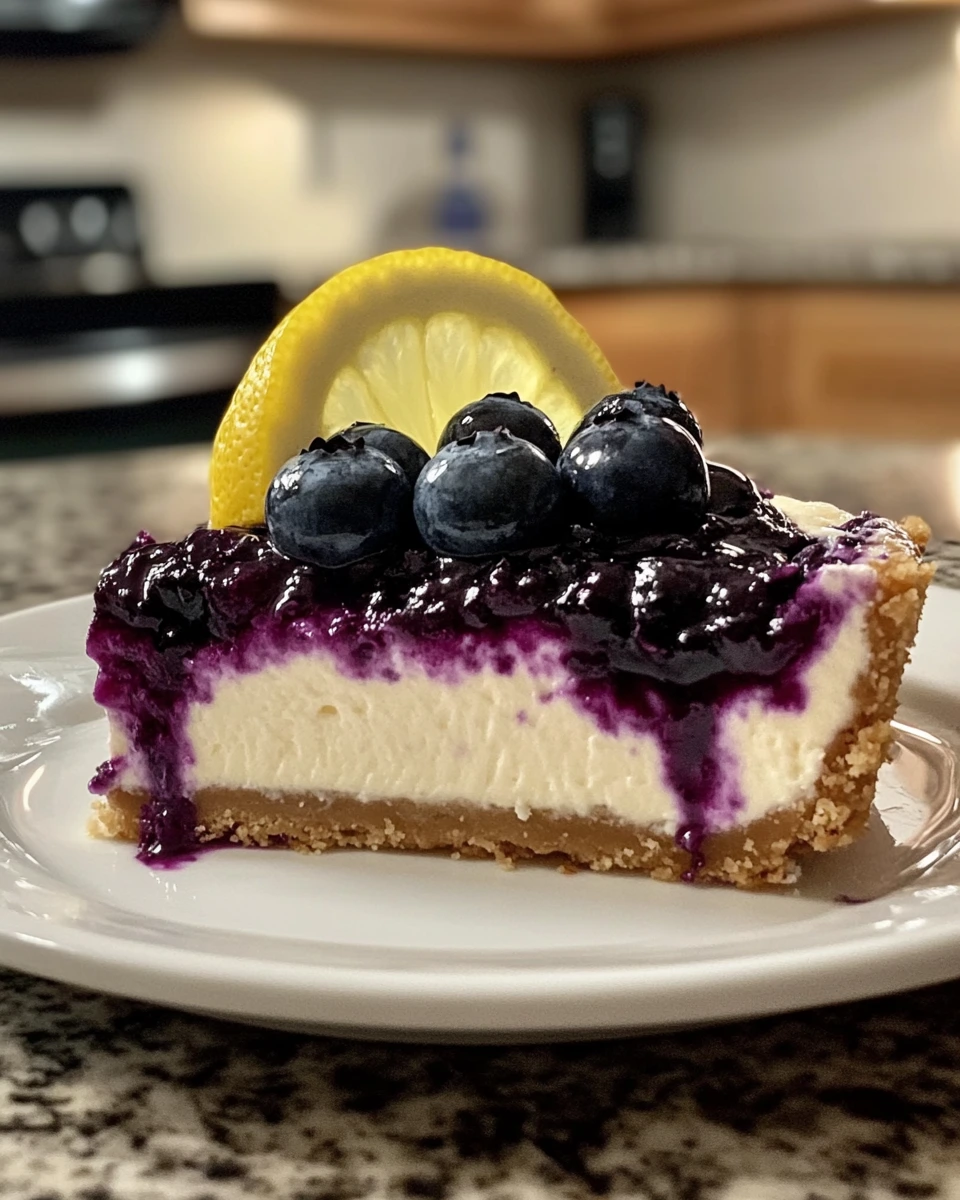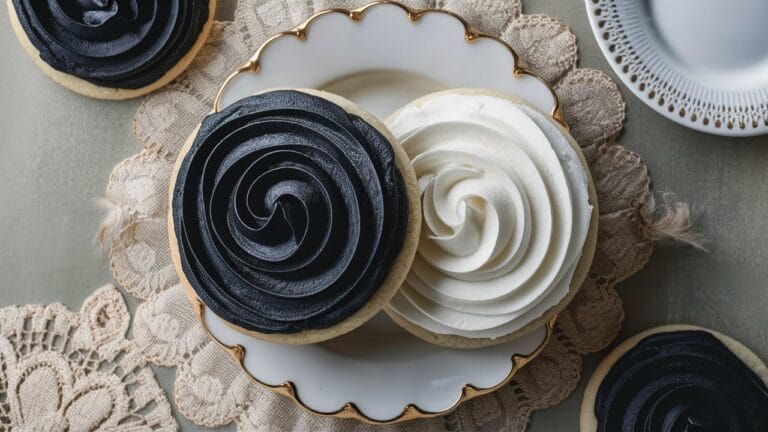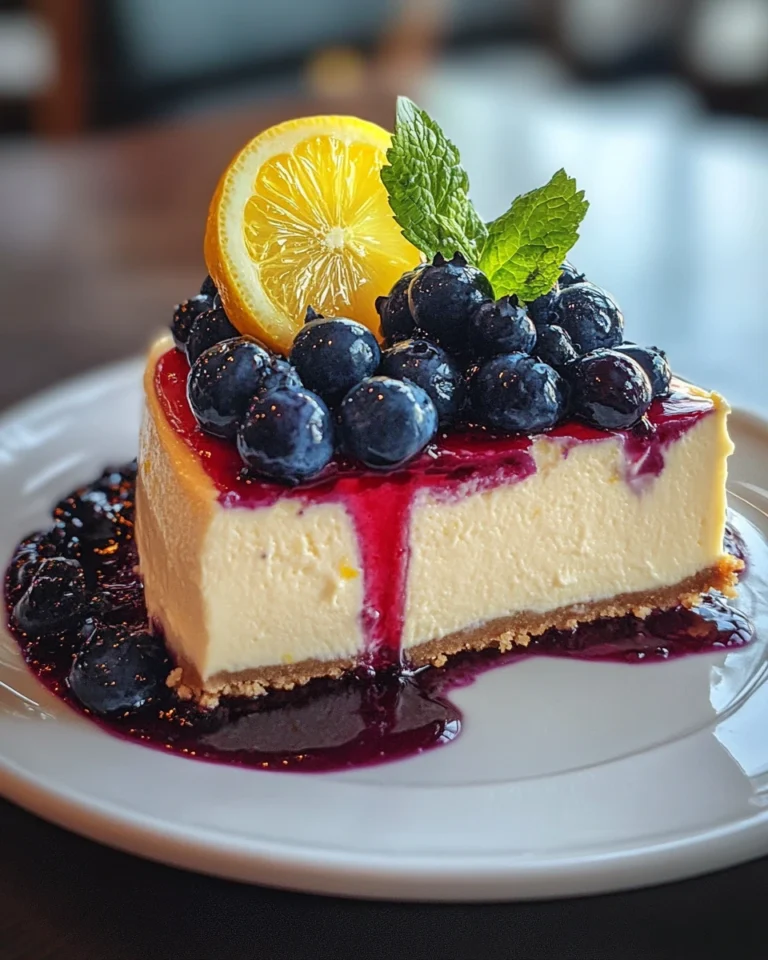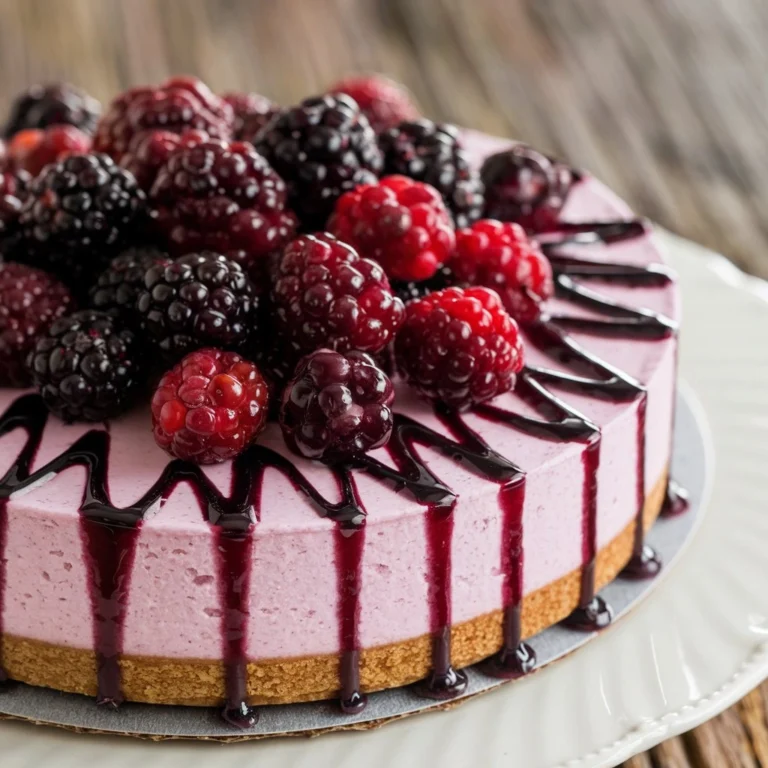Key Differences Between Traditional and New York Cheesecake
Cheesecake is a versatile dessert enjoyed worldwide. Though many variations exist, two famous styles are the traditional cheesecake and the New York cheesecake. These two types often spark debates about taste, texture, and preparation. However, two main differences set them apart: texture and ingredients.
To fully understand these differences, we need to explore the origins, key components, and how they are served. While basic cheesecake consists of cheese, eggs, and sugar, it’s the details that make each type unique. This article dives into the history, ingredients, textures, and flavors of both traditional and New York-style cheesecakes to better explain these differences.
A Brief History of Cheesecake
Cheesecake dates back thousands of years. Ancient Greek records show that cheesecake was served to athletes during the Olympic Games in 776 B.C. The simple recipe included flour, wheat, honey, and cheese. Romans later added eggs and crushed cheese to the dish, making it more complex.
By the 18th century, cheesecake became popular across Europe. Cheesecakes of that time were less sweet and relied on cheeses like ricotta or cottage cheese. Immigrants brought these recipes to America, where the dessert transformed. The introduction of cream cheese in the late 19th century revolutionized cheesecake. This led to the birth of the famous New York cheesecake.
What is Cheesecake?
Cheesecake is a dessert made from three main ingredients: cheese, eggs, and sugar. The type of cheese—ricotta, cream cheese, or cottage cheese—affects its flavor and texture. Cheesecake can be baked or unbaked and topped with fruit, chocolate, or nuts.
The crust is usually made from graham crackers, digestive biscuits, or crushed cookies. Some cheesecakes skip the crust, allowing the creamy filling to take the spotlight. Cheesecake is incredibly versatile, with versions ranging from New York-style to Italian ricotta-based cheesecakes. In this article, we’ll compare traditional and New York cheesecakes, focusing on their differences in texture and ingredients.
The Two Main Differences Between Traditional and New York Cheesecake
1. Texture and Density: Light vs. Dense
The first major difference between traditional and New York cheesecake lies in their texture. This difference is mainly due to the ingredients and baking methods.
Traditional Cheesecake Texture
Traditional cheesecake is known for its light, creamy texture. It’s less dense than its New York counterpart. This softness comes from the choice of cheese and other dairy products. Ricotta, cottage cheese, or sour cream are commonly used, contributing to a softer texture.
- Ricotta or Cottage Cheese: These cheeses are lighter in fat and give traditional cheesecake a velvety texture. Ricotta adds a slight graininess, which some people enjoy.
- Sour Cream: Sour cream often lightens the batter, adding a subtle tang and silkier texture.
Traditional cheesecakes benefit from a water bath during baking. This technique ensures even baking and prevents cracking, resulting in a smooth, creamy dessert.
New York Cheesecake Texture
New York cheesecake is known for its dense, rich texture. Unlike traditional cheesecakes, it doesn’t use ricotta or sour cream. Instead, it relies solely on full-fat cream cheese, making it thicker and more solid.
- Full-fat Cream Cheese: This ingredient gives New York cheesecake its signature density. By eliminating lighter ingredients like sour cream, the cake becomes heavier and more substantial.
New York cheesecakes are baked at a higher temperature, which helps create the firm texture. The higher heat solidifies the proteins in the eggs and cream cheese, resulting in a dense, well-shaped cake. Because of its indulgent texture, New York cheesecake is often served plain, without heavy toppings.
2. Ingredients: Variety vs. Simplicity
The second key difference between traditional and New York cheesecakes is the ingredients. Traditional cheesecake recipes allow for more variety, while New York cheesecake sticks to a minimalist approach, focusing mainly on cream cheese, eggs, and sugar.
Traditional Cheesecake Ingredients
offers flexibility in the choice of dairy products. It can be made with various cheeses depending on the desired flavor and texture.
- Ricotta Cheese: Often used in Italian-style cheesecakes, ricotta creates a lighter texture. Its mild flavor allows the cheesecake to absorb additional ingredients like fruit or chocolate.
- Cottage Cheese: This option adds creaminess but still retains a light texture. The slight saltiness of cottage cheese also pairs well with the sweetness of the cake.
- Sour Cream: Many traditional recipes use sour cream for a tangy flavor and softer texture. This ingredient keeps the cake moist, making it perfect for pairing with fruits or other sweet toppings.
The variety of ingredients in traditional cheesecake allows for different flavors. It can be adapted to include citrus zest, fruit purees, chocolate, or even liqueurs. Popular toppings include fresh berries, whipped cream, or caramel sauce.
New York Cheesecake Ingredients
New York cheesecake is all about simplicity. Its minimalistic approach focuses on just a few key ingredients:
- Full-fat Cream Cheese: This is the star of New York cheesecake. It provides a rich, luxurious flavor that defines the dessert.
- Eggs: The eggs give structure to the cake, ensuring it holds its shape while baking.
- Sugar: While both types use sugar, New York cheesecake leans more on the natural sweetness of cream cheese. This results in a more subtle sweetness compared to traditional cheesecake.
Because it uses fewer ingredients, New York cheesecake has a denser, creamier texture. There are no fillers like ricotta or sour cream to lighten the cake. The result is a rich, indulgent dessert. It’s often served plain or with minimal toppings like powdered sugar or whipped cream.
Additional Differences Between Traditional and New York Cheesecake
Beyond texture and ingredients, several other factors set these cheesecakes apart. These include baking methods, crust options, and toppings.
Baking Techniques
How each cheesecake is baked makes a significant difference.
- Traditional Cheesecake: Baked at a lower temperature, traditional cheesecakes often require a water bath. This helps regulate the temperature, creating a smooth texture and preventing cracks.
- New York Cheesecake: New York cheesecake is baked at a higher temperature without a water bath. The higher heat helps develop a firm, dense texture, sometimes with slight browning on top for added flavor.
Crust Variations
The type of crust used can also vary between these two cheesecake styles.
- Traditional Cheesecake: Most traditional cheesecakes feature a graham cracker or cookie-based crust. This adds a crunchy contrast to the creamy filling. The crust may also include nuts, chocolate, or spices.
- New York Cheesecake: Some New York cheesecakes have no crust, allowing the filling to stand on its own. When a crust is used, it’s thin and unobtrusive, ensuring that the dense filling remains the focus.
Serving Styles and Toppings
Serving styles also differ between traditional and New York cheesecakes.
- Traditional Cheesecake Toppings: These are often served with a wide range of toppings, including fresh fruit, sauces, or chocolate. The lighter texture of traditional cheesecake works well with these additions.
- New York Cheesecake Toppings: New York cheesecake is usually served plain or with minimal toppings. Its rich texture often doesn’t need extra flavors. If toppings are added, they are light, such as whipped cream or powdered sugar.
Variations Within the Cheesecake Family
While traditional and New York cheesecakes are popular, other types exist that highlight different flavors or regional ingredients. Notable variations include:
- Italian Cheesecake: Made with ricotta, this version is lighter than New York cheesecake. Its flavor is often enhanced with citrus zest or liqueurs.
- Japanese Cheesecake: This type is light and airy, almost like a cross between cheesecake and sponge cake. It’s less sweet than other variations and has a fluffy texture.
- No-Bake Cheesecake: Instead of baking, this cheesecake uses gelatin or whipped cream to set the filling. This creates a soft, creamy texture that requires no oven time.
Each type brings its own twist to the cheesecake recipe, but traditional and New York remain the most widely debated.
FAQs: People Also Ask
What Makes New York Cheesecake Different from Regular Cheesecake?
New York cheesecake is denser because it uses full-fat cream cheese. It excludes sour cream or ricotta, resulting in a firm, rich texture.
Which Cheesecake is Healthier: Traditional or New York Style?
Traditional cheesecake is often lighter in calories, depending on the cheese used, such as ricotta. New York cheesecake is richer due to its reliance on cream cheese.
Can You Make a Traditional Cheesecake with New York Cheesecake Ingredients?
Yes, you can use cream cheese in a traditional cheesecake recipe, but it will result in a denser texture, more similar to a New York-style cheesecake. Adding lighter ingredients like sour cream or ricotta can help create a balance between the two textures.
Why Does New York Cheesecake Have No Toppings?
New York cheesecake is often served plain because its rich flavor and dense texture stand alone. The minimalistic approach allows the flavor of the cream cheese to shine without needing additional toppings.
Conclusion
The main differences between traditional cheesecake and New York cheesecake come down to their texture and ingredients. Traditional cheesecake is lighter, creamier, and more versatile, allowing for a variety of toppings and flavor combinations. New York cheesecake, on the other hand, is dense, rich, and focuses on the indulgent simplicity of full-fat cream cheese.
Whether you prefer the softer, more adaptable nature of traditional cheesecake or the rich, intense flavor of New York cheesecake, both styles have their place in the world of desserts. Each offers a unique eating experience that is sure to satisfy any cheesecake lover’s cravings.







